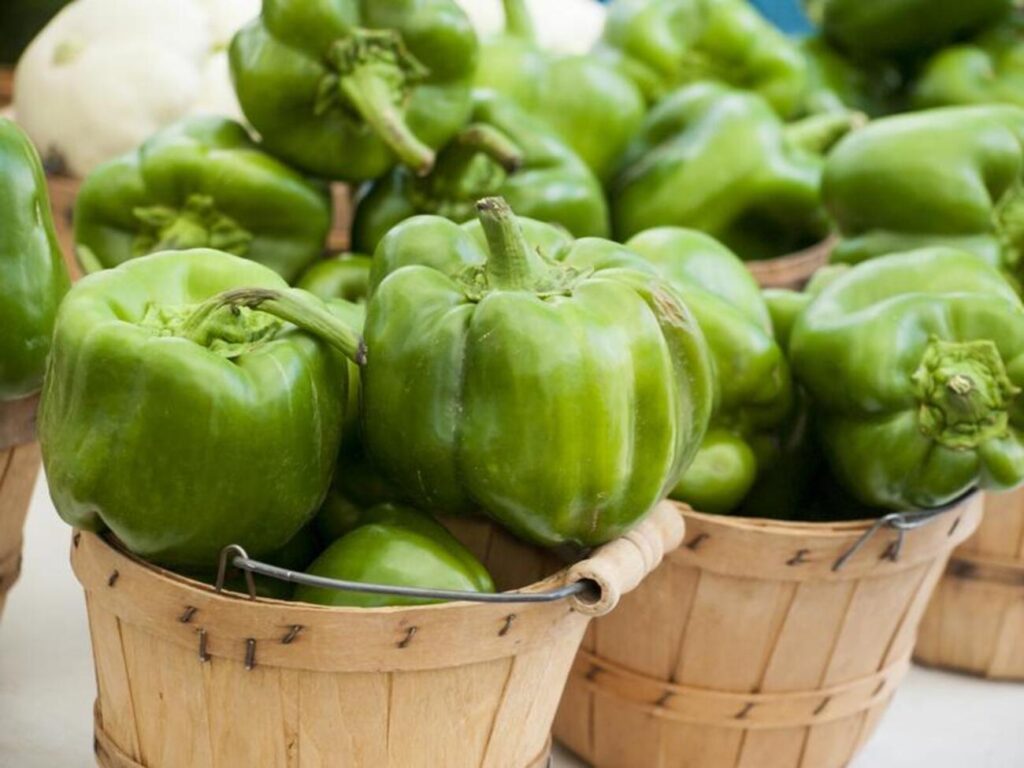Using plant-based food coloring to enhance delicacies

For years, vegetarians and vegans have relied on natural alternatives to https://www.binmei-color.com/, like herbs and spices. However, the art of infusing delicacies with vibrant hues derived from plants has gained immense popularity in recent years. This essay explores the captivating world of plant-based food coloring, its benefits, and the creative possibilities it offers to elevate our culinary experiences. From desserts to savory dishes, the harmonious blend of flavors and colors creates a symphony for our taste buds.
Plant-based food coloring has emerged as a natural and healthier alternative to artificial dyes commonly used in the food industry. By harnessing the power of fruits, vegetables, herbs, and spices, culinary artists can create a palette of captivating colors that not only enhances the visual appeal of dishes but also provides health benefits. Unlike synthetic dyes, plant-based food coloring is free from harmful additives and chemicals making it an ideal choice for those seeking a wholesome approach to food. Additionally, plant-based food coloring allows for greater control over the intensity and shade of color, allowing chefs and home cooks to customize their creations according to their preferences.
The vast range of colors that can be achieved with plant-based food coloring is a major draw. From delicate pastel shades to bold and vibrant tones, the spectrum of possibilities is vast. With ingredients like beetroots, turmeric, and blueberries, diners can see the presence of nutritious ingredients in dishes in visually appealing ways. This visual allure can entice even the most discerning diners, making the dining experience all the more enjoyable.
beyond their visual appeal, plant-based food colorings offer a plethora of health benefits. Fruits and vegetables used for coloring purposes are rich in essential vitamins, minerals, and antioxidants. These natural compounds contribute to overall well-being and are known to promote good health. For instance, the intense orange color of carrots is due to the presence of beta-carotene, a precursor to vitamin A, which is essential for maintaining healthy vision and immune function. Similarly, the vibrant green of spinach or matcha provides an excellent source of iron and other nutrients vital for energy production and cell function. By incorporating plant-based food coloring into our dishes, we not only add visual appeal but also introduce an array of nutritional benefits to our diet.
The versatility of plant-based food coloring knows no bounds, as it can be used in a wide range of culinary applications. From delicate floral tones to rich earthy shades, the possibilities for creating edible works of art are endless. Savory dishes also benefit from the infusion of plant-based colors. From vibrant green pesto to vivid orange curries, the addition of natural food coloring adds depth and vibrancy to the plate. Even beverages can be transformed into vibrant elixirs with the addition of plant-based colorings. Think of the striking purple hue of butterfly pea flower tea or the blush pink of hibiscus-infused drinks. The possibilities for creativity are truly limitless, and plant-based food coloring allows culinary artists to unleash their imagination and create unforgettable dining experiences.
A botanical symphony unfolds before us as we delve into the captivating world of plant-based food dyes. With its natural allure, health benefits, and endless creative possibilities, this art form continues to revolutionize the way we experience food. By embracing the vibrant hues derived from fruits, vegetables, herbs, and spices, we can elevate our culinary endeavors to new heights. From the subtlest pastels to the boldest tones, plant-based food dyes enable us to create edible masterpieces that are not only visually stunning but also nourishing for our bodies. So, let us embark on this sensory journey and explore the wonders of plant-based food dyes, where nature’s bounty takes center stage on our plates.
Related articles:
ENHANCING VISUAL DELIGHTS WITH NATURAL COLORS: REDEFINING CULINARY AESTHETICS
Using natural color techniques to elevate food presentation
The Path to Sustainable and Eco-Friendly Food Practices: Natural Colors
